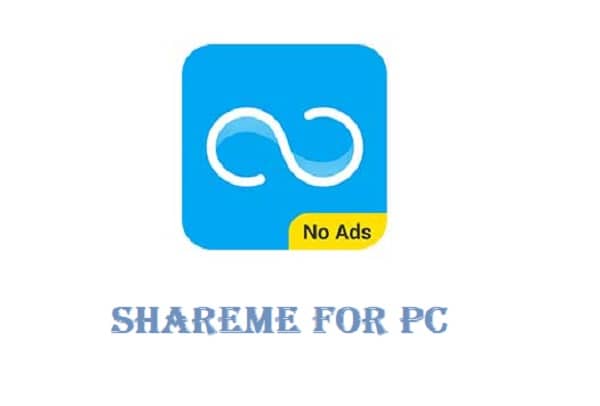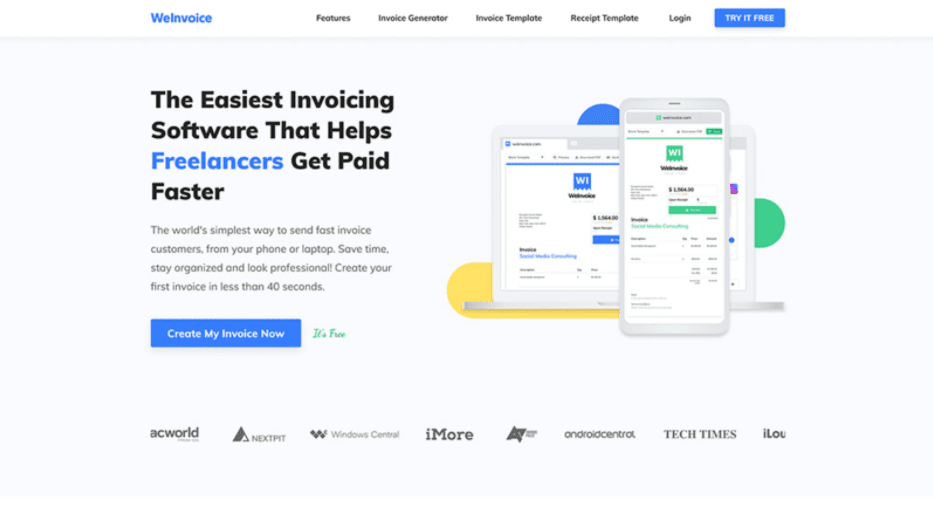The technology trends 2020 followed were the saving grace of a year like no other, during which society all but broke down.
The progress made in the fight against COVID-19 wouldn’t be possible without new health technology. We’d struggle more to adapt to pandemic life without technologies including but not limited to video software such as Zoom, cloud technology, and video games. All sectors of society make use of these new technologies while trying to have the most normal lives possible.
Take a look at some of the biggest technology trends from 2020 and new technology trends 2021 has in store.
-
Contents
The Rise of Remote Working Solutions
Trial and error revealed how important shutting down many indoor activities is for public health. Because of this, one of the biggest changes in 2020 for many fields was a shift to remote work.
Keeping workers at home instead of bringing everyone in the office is a popular strategy in preventing the spread of SARS-CoV-2. That’s the virus one catches before developing COVID-19.
Businesses in industries ranging from radio broadcasting to elementary school teaching went remote. This trend took off all over the world.
In some locations and fields, many jobs that went remote returned to normal office work. Yet, COVID-19 cases and deaths continue to rise into the end of 2020. Government restrictions increased again, closing some businesses that were just reopening.
The whole world relied on technologies to navigate required lockdowns in early 2020. The approach was clumsy. Technology companies like Zoom realized their businesses grew overnight to sizes they never imagined.
This led to plenty of goofs and glitches, as well as huge privacy violations. An unfortunate trend was new threats like “Zoom bombing.” It’s a name for when trolls crash meetings to spread hate messages and slurs.
Businesses should expect remote work software to emphasize privacy and security as 2021 begins. Software giants faced tens of lawsuits in 2020, and don’t want to keep facing that problem.
Zoom competitors will step up their game going into 2021 and capitalize on Zoom’s privacy and security failures.
Many people continue to use Zoom and don’t seem concerned about—if aware at all of—the software’s issues. Yet, fields like medicine, banking, and even government need quality privacy solutions. Niche remote work and video software continue popping up to meet the demand.
-
Racial Responsibility in the Artificial Intelligence Field
2020 proved that the best way to reveal problems in technology is for more people to use software and devices more often. Remote work exposed flaws in videoconferencing software. In the same way, growth in artificial intelligence (AI) exposed problems and privacy violations in the budding field.
A push for racial justice and social progress was a trend in 2020 that bled over into a wide range of fields. Brands in many fields changed names and logos to non-offensive alternatives.
Technology saw change too. As protests raged in cities across the United States and became popular all over the planet, surveillance companies came under scrutiny.
Critics found AI in security had concerning patterns of racial profiling. Worldwide criticism of racial profiling continues into late 2020 and the start of 2021.
AI companies have reputations on the line. These technology giants need to provide answers and solutions to these issues as 2021 begins.
Also read: Traveling Cheap with Ultra Mobile Plan
-
Adapting Technology for Public Health
Any article about technology trends in 2020 and 2021 must include inventions and adaptations in public health. A wide range of technology companies focused on products and services for fighting the crisis.
Developers designed new kinds of modeling software to track pandemic statistics. This helped health authorities and governments better understand COVID-19.
Others worked hard to make contact-tracing software. It’s now used by governments such as the United Kingdom. Companies as large as Apple and Google made their software compatible with contact-tracing.
Biotechnology companies keep growing influence as they study and invent new ways to combat the pandemic. Promising treatments and vaccines are a key focus at the end of 2020 and will play a significant role in 2021.
Amazon took advantage of social distancing and the rise of online shopping to get in on healthcare as well. The technological giant opened an online pharmacy late in 2020. The ability to do one’s shopping and get prescriptions in one place appeals to busy people trying to navigate pandemic-time life.
Critics worry this development could threaten already-suffering small businesses, such as small “mom and pop” pharmacies. A related, smaller technology trend is those same small pharmacies and other small businesses putting their businesses online. Some businesses avoided online platforms before as they felt they didn’t need them, they cost too much, or were too complicated.
Then, the pandemic forced most people to stay home for at least a couple of weeks. Small pharmacies realized they couldn’t keep up with Amazon and other big companies’ prescription delivery services without setting up online order platforms. As a result, companies setting up websites for pharmacies and other healthcare were another 2020 technology trend.
-
Gaming as a Popular Escape
In a time of global crisis, it’s no surprise that people are hungry for an escape from tough realities. Video games were on the rise when the idea of a pandemic was unimaginable. The need for mental relief launched gaming to greater heights.
Laptops, tablets, mobile consoles, and smartphones remain popular options for gaming on the go. Yet, one of the biggest gaming technology trends is options for gaming at home. This development is due to governments’ encouraging and requiring social distancing, isolation, and quarantining for public health.
Capitalizing on the desire to escape the world while staying home, Facebook pushed their Oculus brand of VR headsets and games throughout 2020. Sony released the PlayStation 5—It sold out in a flash. Xbox also jumped in at the end of 2020 to introduce their Xbox Series X console.
Mobile games stayed successful and so did consoles from the last few years, like the Nintendo Switch.
Endless developments keep popping up in the video game world as 2021 nears. One thing ties them all together: The gaming industry becomes more lucrative every day.
-
Tech Activities for the Whole Family
Life during a pandemic stressed the value of family. In 2020, the home became the workplace and school for kids. Those following health guidelines with care saw nobody in person save for their immediate family.
Isolation for health can last for weeks or months at a time and is a lonelier life than many can accept. United States families thinking of public health found creative ways to get together long-distance for Thanksgiving. Technology for family use stepped in to help.
Facebook pushed its products as ways to get the family together: The Portal camera offers a unique video chat experience. It’s supposed to make you feel like you’re together with the people you’re calling.
Lululemon shifted into tech with a new mirror that plays exercise routines. It’s called MIRROR and has a different marketing strategy than many exercise products.
MIRROR’s ads show families smiling and doing aerobics together. The strategy contrasts ads like Peloton’s, which focus instead on health-conscious adults.
Parents interested in surveillance got new GPS tracking options for keeping an eye on their children. Indoor surveillance cameras moved past the humble baby monitor. Now, busy parents can get all kinds of internet-connected and “smart” devices to watch pets and kids.
Technology to keep kids under control gained new popularity in 2020 when distance learning started. The move was important for public health but forced many working parents to add full-time childcare to their schedules.
On the entertainment front, big tech brands like Netflix and Disney+ introduced ways to stream content with friends.
Heading into 2021, consumers should expect more family-friendly technologies like these. They’re a convenient alternative to activities outside the home when families don’t want to and/or aren’t allowed to go out.
-
Anything and Everything-as-a-Service
The as-a-service model is also known as anything-as-a-service or XaaS. It gives smaller businesses and consumers access to the newest technologies. They can use AI, machine learning, and other new developments through the cloud.
With XaaS, people don’t have to pay thousands or millions of dollars for the technologies. Instead, companies like Microsoft host the software and infrastructure, giving clients online access. Clients can use what they need for as long as they need, knowing they can later cut the expense without needing to get rid of expensive, old equipment.
Industry experts split XaaS into three common categories. These are software, infrastructure, and platform-as-a-service. They’re also known as SaaS, IaaS, and PaaS.
Some key players include Microsoft 365, Google App Engine, and Amazon Web Services. Companies use XaaS for communication platforms, troubleshooting, web hosting, and more.
XaaS is key as society keeps finding new ways to conduct business long-distance. It characterized 2020 and will play a big role in 2021, too.
Follow the Technology Trends 2020 and 2021 Bring
These technology developments are some of the biggest that 2020 had to offer and will grow throughout 2021. To follow more technology trends 2020 and 2021 bring, keep an eye on this site. We make a point to keep up with all the most important technology news.
Click on another article to learn more about the latest technologies on the market and in development today.




